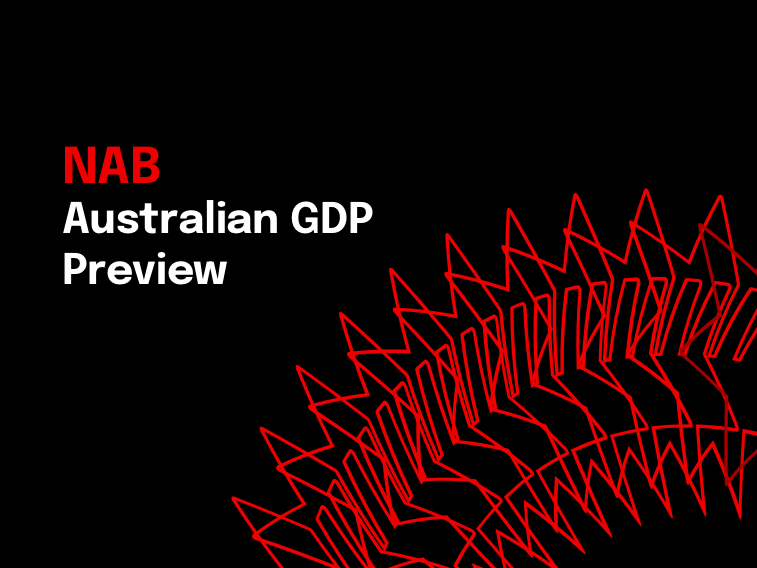A private sector improvement to support growth


Insight
Eurozone markets have been cheered by reports that Greek Finance Minister Yanis Varoufakis has been removed from the debt-deal negotiation table by his prime minister. Varoufakis’ hard-ball tactics have been a source of huge frustration for the Brussels group of international creditors.

In an otherwise quiet Monday session, Eurozone markets have been cheered by reports that Greek Finance Minister Yanis Varoufakis has been removed from the debt-deal negotiation table by his prime minister. Varoufakis’ hard-ball tactics have been a source of huge frustration for the Brussels group of international creditors. The appointment of a more conventional negotiator, more familiar with the European bureaucracy, has stoked optimism that a deal will be reached before large payments are due in May. The news helped EUR/USD break above 1.09 early this morning (high of 1.0927) to its highest level in three weeks. Headlines quoting Greek PM Tsipras are hitting the wires as we write, Tsipras reported saying that German chancellor Merkel is willing to find solution for Greece and that a Greek default would represent a failure for Europe.
Gains for EUR/USD are very mild in relation to some other currencies however, where it the commodity sensitive currencies that have fared best (CAD, NOK, NZD and AUD in that order). CAD and NOK’s G10 leadership positions have come despite renewed slippage in oil prices, with Brent and WTI grades both off around $0.50 on the day. Hard commodities in contrast are continuing their recovery, the China iron ore import price for the 62% fines grade up another $1.28, to $59.0. Exchange traded metals are also up about 1% (LMEX index).
The Japanese Yen, in contrast, is very marginally weaker on the night, following a ratings downgrade from Fitch (to A from A+) and which puts it below both Moody’s and S&Ps current rating. That said, there are very few, if any, recorded instances where ratings downgrades to Japan have had durable negative impact on the currency.
The main news out of the United Sates Monday has been Apple’s Q2 results – just reported – showing EPS of $2.33 against the $2.16 street estimate and 33% up on the same period of last year. In January Apple had warned that dollar appreciation was likely to take about $2bn off its top-line revenue, so there is some relief the hit does not appear to be larger. Together with an announced expansion of its capital return programmer by $70bn to $200bn, Apple’s shares price has risen by over 1% in the 30 minutes since reporting.
Economic news overnight has been sparse, the only things to note being the Markit US Services PMI, which slipped to 57.8 from 59.2, beneath the 58.8 expected, and the Dallas Fed Manufacturing Activity survey, which improved marginally to -16 from -17.4 but beneath the expected -12. The run up in the AUD/USD rate overnight, from around 0.7820 to above 0.7860, came directly on the back of the Services PMI release, albeit assisted by favourable EUR/USD tailwinds.
RBA Governor Stevens speaks this morning at 08:40 local time in Sydney at the AFR‘s Banking and Wealth Summit. There is no title for his speech as yet, and after an expansive discourse on the economy and considerations for monetary policy just a week ago in New York, and given the proximity to next week’s policy meeting, the Governor might well be taking the opportunity to steer away to a less macro/market- sensitive topic.
In case Mr .Stevens does offer some monetary policy pointers, market pricing for a 25 point rate cut next Tuesday currently sits at almost exactly 50:50. Last week, recall, Mr Stevens said that given output is below potential, aggregate demand still seems soft, unemployment sits above the natural rate, and inflation is forecast to remain within target, then “interest rates should be quite accommodative and the question of whether they should be reduced further has to be on the table”. But the Governor then said that the policy equation is more complicated since these are not the only pertinent facts. He went on to list, among other things, the strength of the housing sector and which suggest past policy is already proving effective; the high level of household leverage, ‘exuberant’ Sydney house prices; and the fact credit conditions are very easy (his emphasis).
Also up today is the weekly Roy Morgan/ANZ consumer confidence number and offshore tonight, UK G1 GDP (expected to be relatively strong) and US Consumer Confidence and Richmond Fed surveys.
On global stock markets, the S&P 500 was -0.40%. Bond markets saw US 10-years +1.75bp to 1.93%. On commodity markets, Brent crude oil -0.89% to $64.7, gold+2.4% to $1,203, iron ore +2.2% to $59.09. AUD is at 0.785 and the range was 0.7792 to 0.7872.. Indicative range today 0.7815 to 0.7890. (For more market prices, please see p.2 of the pdf).
For full analysis, download report:
For further FX, Interest rate and Commodities information visit nab.com.au/nabfinancialmarkets
© National Australia Bank Limited. ABN 12 004 044 937 AFSL and Australian Credit Licence 230686.